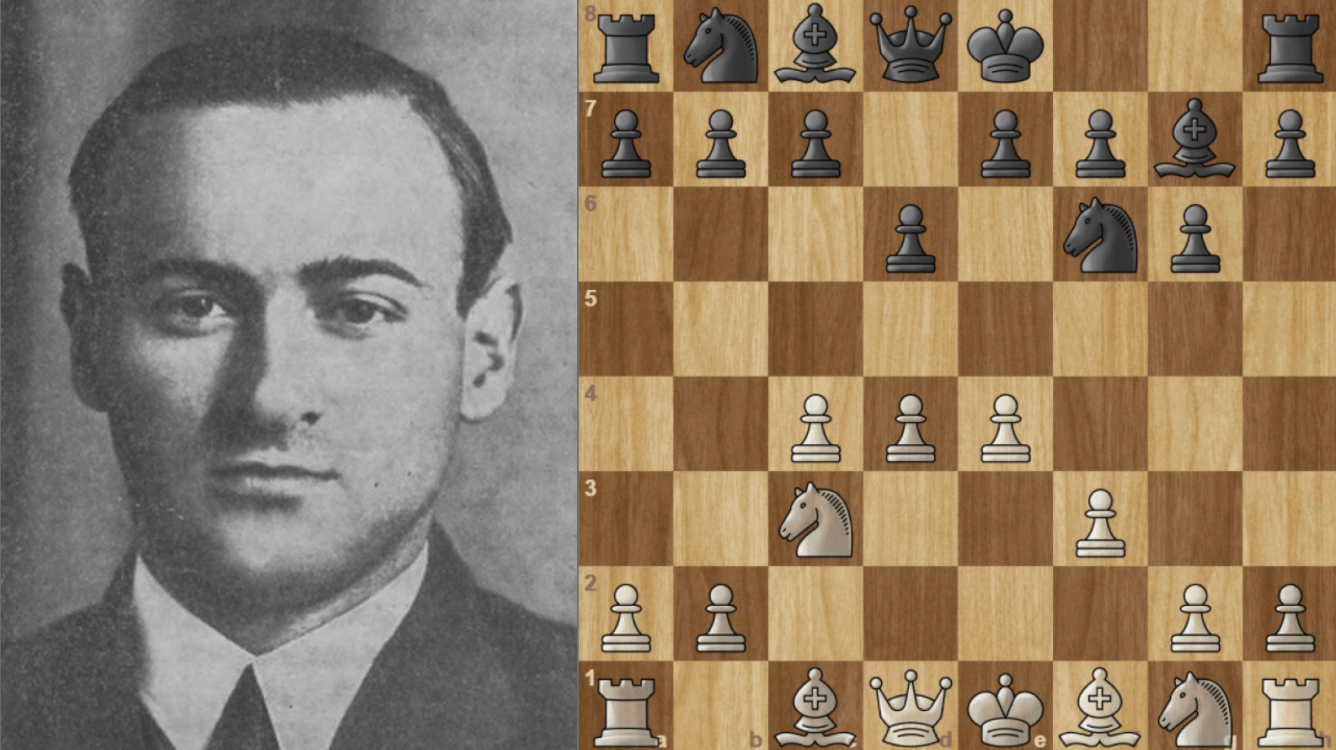
Crazy Queen Sac in the Sämisch | KID April
Why must I lose to this idiot???
- Aron Nimzowitsch after losing to Friedrich Sämisch in the last round of the 1925 Baden-Baden Tournament with first place on the line
Sorry Nimzo, but I don't think we can call him an idiot.
Friedrich Sämisch has two opening variations named after him, as far as I know. The variation of the Nimzo-Indian defense with 4. a3 and after 4...Bxc3 5. bxc3 is the first, but he wasn't the first to introduce it - he just popularized it.
and the Sämisch Variation of the King's Indian Defense, which we'll be learning about. The defining move of the Sämisch is 5. f3, from which there are many, many possibilities. This variation was introduced by him, and from what I know, he was the first to play it.
The Sämisch is a very solid but dangerous system for black to play against, and now it's a regular guest at higher levels, well known to be hard to play against for black. It gives white a clear advantage if black doesn't play correctly from the get-go.
Here's the game that introduced the Sämisch Variation to the world.

White dominates the stats - but despite what the data says, black can get great play and games can get extremely sharp and interesting.
We'll cover some of the most popular lines and go over major sidelines, but in the main line with 6. Be5, I would suggest the third most popular reply - 6...c5 over 6...e5 or 6...Nc6. It's easy and fun to play, but you'll have to have some knowledge of Benoni-like structures and ideas.
But first - even though if you won't get to play this if you play 6...c5 - I can't resist sharing this line with you.
Crazy, wild, but beautiful - here's a master game between Valeriy Neverov (2501) and Bachana Morchiashvili (2400).
It's a work of art, amazing to see how positions like these can suddenly become alive and how black's pieces can overpower the white queen.
Next time I'll go more into the lines of the Sämisch and what we'll be looking at, diving into the heart of the opening.
I know this post is a bit overdue. Recently life has gotten closer to pre-pandemic "normal" and with more activities coming back, I've been a lot more busy and my schedule hectic. I hope you all understand and forgive me if my usual posts aren't on time or don't come at all, but I'll do my best to keep posting regularly!
As much as it may seem, the pandemic isn't over yet, so I want to give a word of caution to everyone out there.
Thanks for reading and stay safe, everyone! Peace ✌🕊
